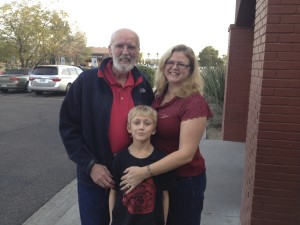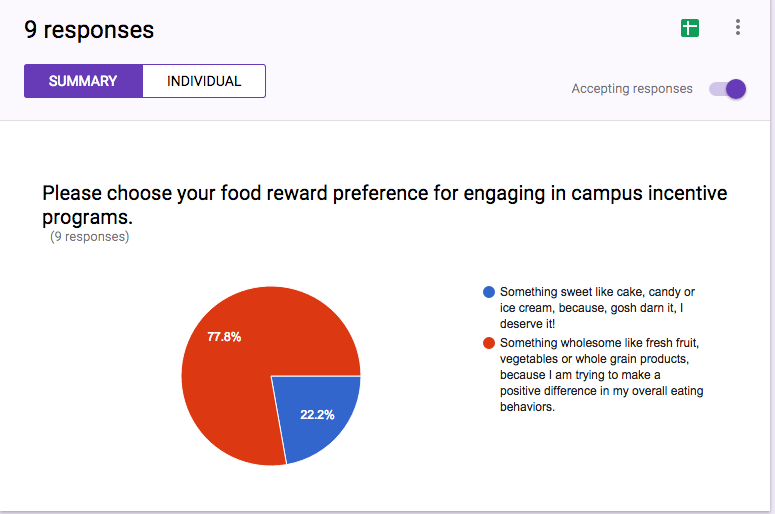One reason why I love teaching at the college level is because every sixteen weeks or so usher in new classes, a new crop of students, and new possibilities. There’s not really time to get into ruts and coast.
Generally, too, I’m pretty flexible with change. New textbook? We’ll work it in. New course to teach in English? Why, yes, I’ll give it a go.
Some people fear change. What I used to believe I feared more than change were ruts. That said, I’ve had more than my dose of change these past seven months, and with these changes have come the proverbial lessons. However, I’m a life-long student, and, as such, I’m willing to learn.
My father died in July. While he’d been steadily declining for eighteen months, his death still felt unexpected. Since he’s been gone, my entire work life feels different. This was a surprise to me.
However, for my father’s entire career and my entire life time, he worked in higher education as both an academic advisor and an instructor. When I was an undergraduate student, I attended and worked at the university where he worked for over thirty years, Wayne State University, and received half off tuition. My professors were his colleagues, and I worked hard after underachieving spectacularly in high school. My dad was proud of me. I found my niche in the English Department, specifically in creative writing, and I worked on the literary magazine my senior year and did poetry readings about the Detroit area my last two years there. I also minored in anthropology and Spanish. As a social scientist who loved language himself, my choice of studies delighted him.
I continued on to graduate school, and for a little while after I graduated, I even went back to Wayne State and taught English 101 as an adjunct. My dad and I met every Tuesday at a Lebanese restaurant on campus for lunch.
My dad followed my career with great enthusiasm and interest. Even after I moved cross country, he called me at least weekly to check in. My working in academia was absolutely a common ground for us, a way of for us to connect on several levels: intellectually, professionally, even pedagogically. While I don’t think I ever took this connection for granted, I also don’t think I realized how profound it was until it was gone.
When the new academic year started this past August, I wandered around GCC’s campus feeling lost. Even though my dad lived back in the midwest, and I’d been teaching west of the Mississippi since 1999, I still felt his absence acutely. When I received my first full-time faculty position in northwest Colorado, he was so excited that he even helped me drive the U-Haul across five states to get there. When we pulled into the tiny town that sported a community college with dorms and one traffic light, so different than the Bronx he grew up in and the Detroit he worked in for decades, he pulled over on Main Street and said to me philosophically, “Well, I guess you’ll just have to pretend you’re in the Peace Corps.
With my father gone, I had no one to review the batch of new students with, the new semester’s classes, or my latest research or poetry project. At first, I couldn’t understand my own situation. How could a father’s absence feel so acute when daily he lived so far away? I not only felt lost, I also felt confused by my disorientation.
Obviously tbe degree of change varies, and some of how we respond to change has to do with the magnitude of it. When my father was declining and I thought about his being gone, I never considered what effect it would have on me professionally. However, the effect has been large and daily. What I realize only now is this: change, when it’s self-initiated, is a form of control. I can pick my new classes, and often, depending on the course, I can choose my textbooks. Although I don’t pick my course outcomes, I pick the curriculum that helps meet them. But certain changes, the kind we can’t at all control, bring loss and thus grief. And for me grief is the most mysterious of emotions–appearing and then lingering when least expected. This academic year has indeed been a lesson for me in change–the hardest kind. The kind, I guess, that makes me more independent and, inevitably, a stronger person. But it’s also the kind I wish I didn’t have to face.




